15 Incredible Ancient Ruins to Explore Beyond Egypt
When most people think of ancient ruins, they often picture the deserts of Egypt. However, many other places hold forgotten cities and powerful monuments. Some are hidden in remote forests while others sit right next to modern towns. These sites deserve attention for their history, beauty, and cultural value. Take a moment to learn where else you can walk through the remains of the ancient world.
This post may contain affiliate links, which helps keep this content free. Please read our disclosure for more info.
Petra, Jordan
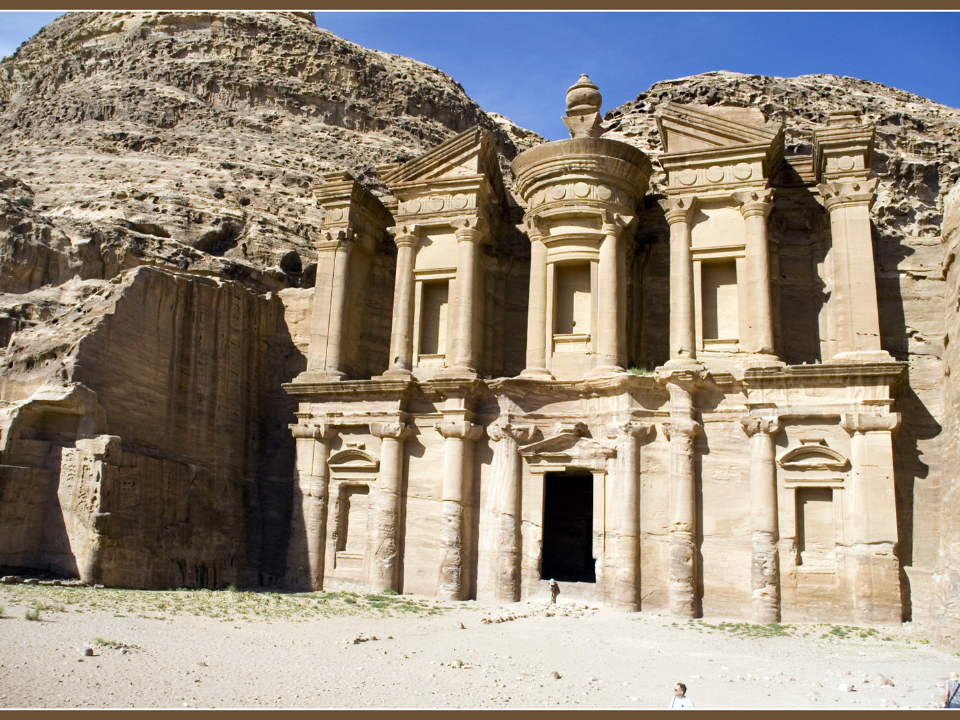
Petra is a carved city hidden between rose-colored cliffs in southern Jordan. Once a major trading hub of the Nabataeans, it flourished around the 1st century BCE. The most famous structure, the Treasury, is carved directly into the sandstone and glows in the desert light. Visitors often enter through a narrow canyon called the Siq, which adds to the dramatic first view.
The entire site includes tombs, temples, and even an ancient amphitheater. Petra can be reached by car from Amman or Aqaba. The site requires a fair amount of walking, but the views are rewarding. Local guides are available to share their long and fascinating history.
Machu Picchu, Peru
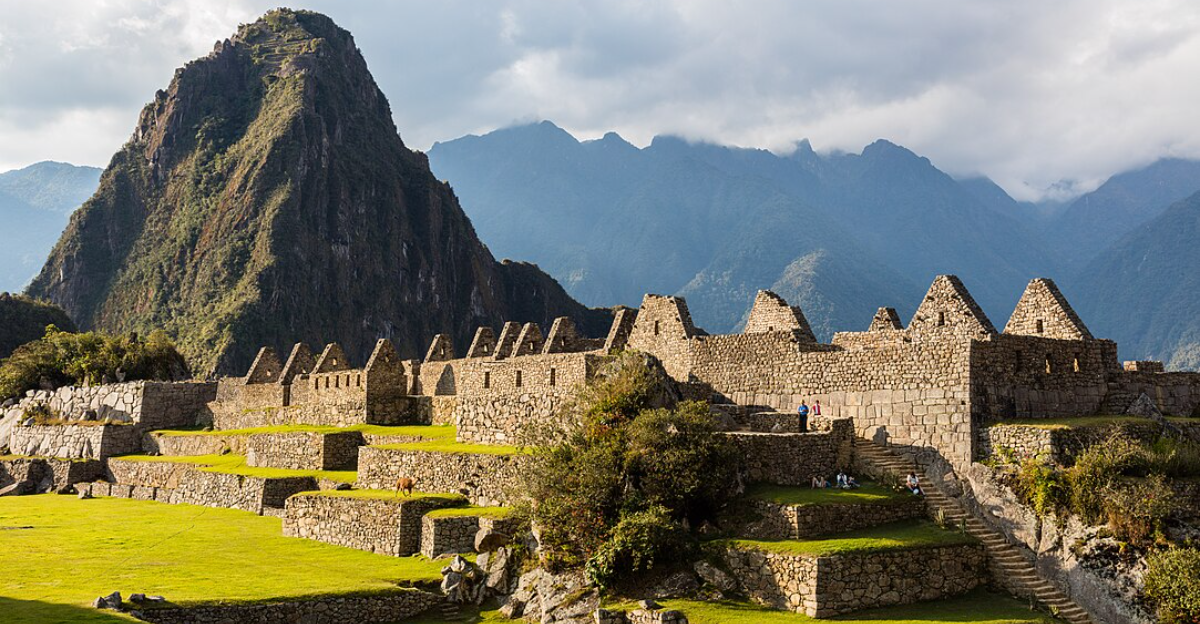
High in the Andes Mountains, Machu Picchu sits above the Urubamba River valley. It was built by the Inca in the 15th century and later abandoned during Spanish rule. The site includes stone terraces, temples, and residential areas, all built without modern tools. Thick clouds often surround the ruins, giving it a dreamlike atmosphere.
To reach it, most travelers take a train to Aguas Calientes and then a bus or hike to the top. The Inca Trail is a popular multi-day hike for adventurous visitors. Machu Picchu is carefully managed to protect its fragile structures. Entry tickets must be purchased in advance due to daily limits.
Angkor Wat, Cambodia
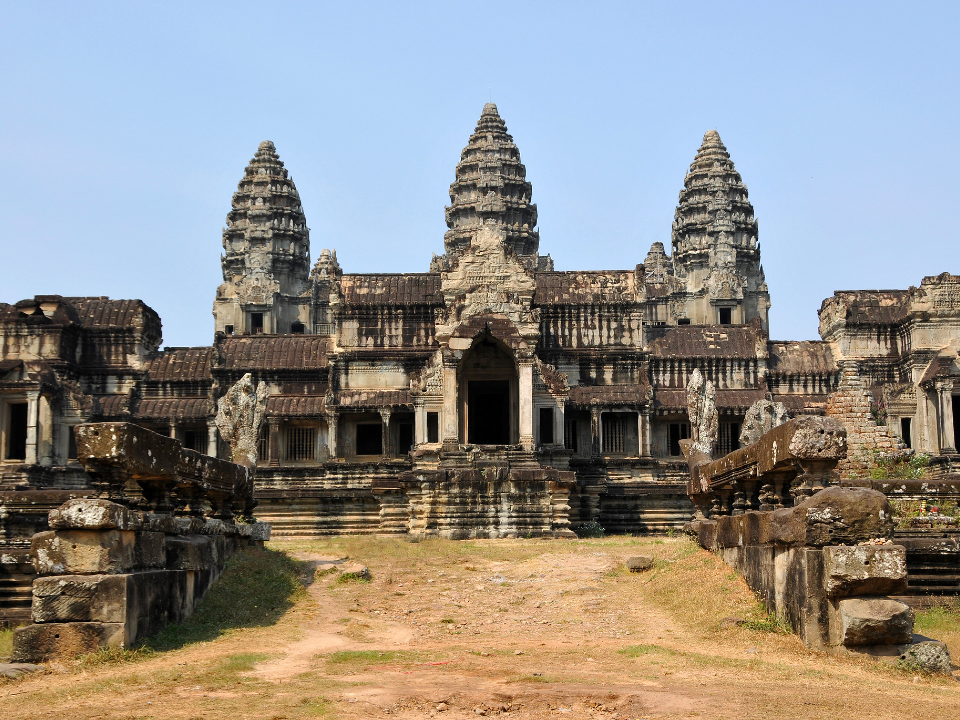
Angkor Wat is one of the largest religious monuments in the world and lies just outside Siem Reap. Originally built in the 12th century as a Hindu temple, it later became a Buddhist site. The temple complex features towers, bas-relief carvings, and long galleries. Sunrises over Angkor Wat are especially popular with travelers.
The area includes dozens of other temples such as Ta Prohm and Bayon, each with its own character. Visitors often spend several days exploring the whole complex. Tuk-tuks and bikes are popular ways to get around. The nearby town of Siem Reap offers hotels, restaurants, and guided tours.
Chichen Itza, Mexico
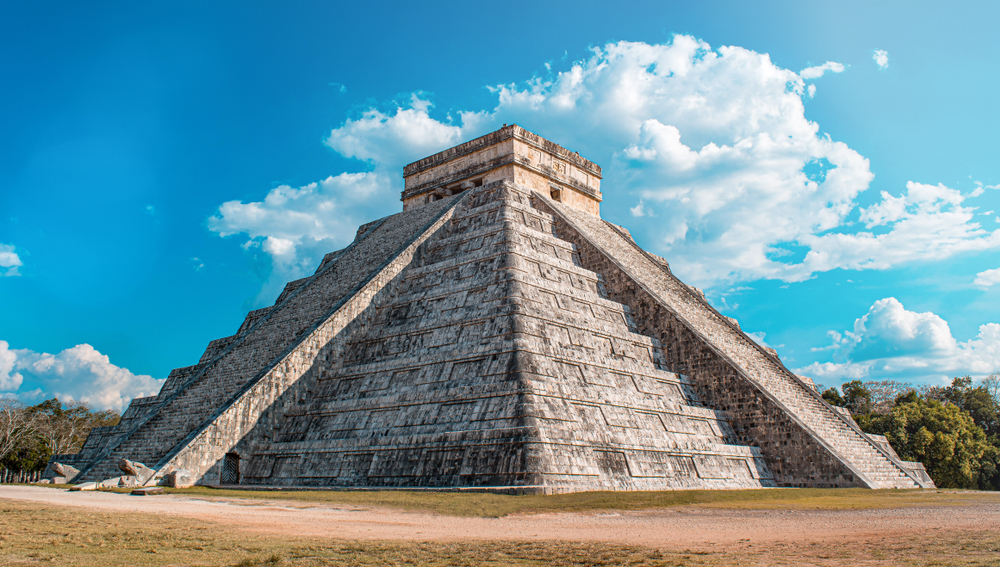
Chichen Itza was once a powerful Mayan city located in the Yucatán Peninsula. The main attraction is El Castillo, a pyramid dedicated to the god Kukulcán. During the equinox, shadows on the steps create the illusion of a serpent slithering down the pyramid. Other parts of the site include a ball court, observatory, and sacred cenote.
It is one of Mexico’s most visited ruins and is accessible from Cancun or Mérida. Early morning visits help avoid both the heat and the crowds. The site is relatively flat, making it easier for people of all ages to explore. Guided tours offer helpful explanations of the structures and their meaning.
The Colosseum, Italy
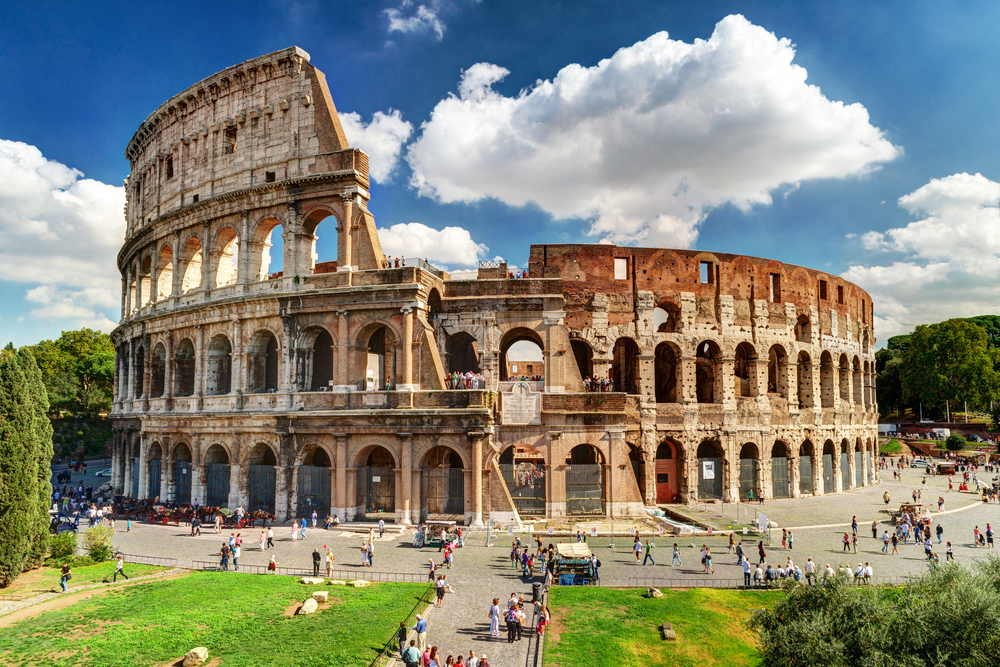
The Colosseum stands in the center of Rome as a symbol of ancient Roman architecture. It was used for gladiator battles, public shows, and even mock sea battles. Built around 70 CE, the massive stone arena could hold up to 50,000 people. The outer structure still holds strong despite centuries of earthquakes and damage.
The Colosseum is part of a larger archaeological area that includes the Roman Forum and Palatine Hill. Tickets usually include entry to all three sites. Audio guides and walking tours help bring the ruins to life. Rome’s metro system makes it easy to reach the area.
Great Zimbabwe, Zimbabwe
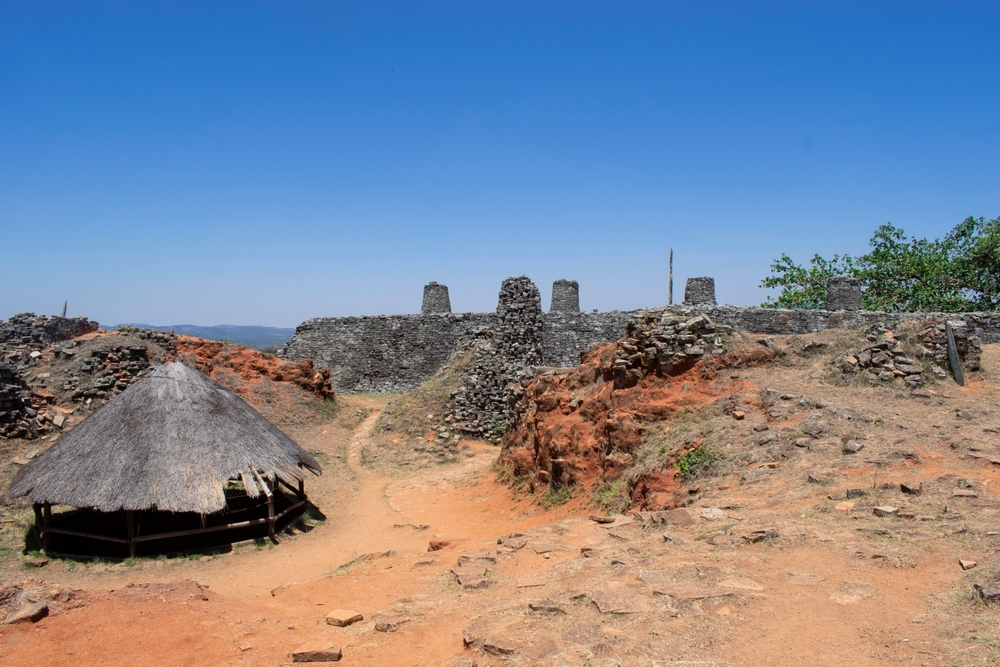
Great Zimbabwe was once the capital of a powerful African kingdom that thrived between the 11th and 15th centuries. The site features tall stone walls made without mortar, showing advanced construction skills. The Great Enclosure and Hill Complex are the most impressive areas. This site gave the country its name and plays an important role in national identity.
Located near the town of Masvingo, it is accessible by road from Harare. The ruins are surrounded by open landscapes and scattered stone pathways. Visitors can walk through the structures and climb to lookout points. It offers a rare look at ancient African urban design.
Palenque, Mexico
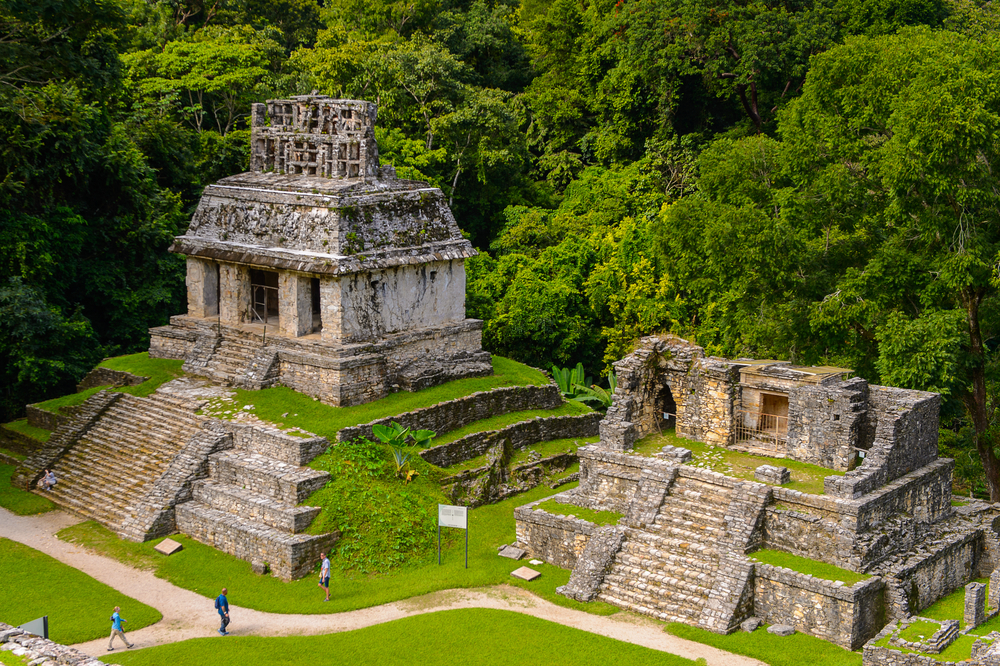
Palenque is a Mayan site set in the dense jungles of Chiapas. The city thrived during the 7th century and was known for its elegant architecture and carvings. The Temple of the Inscriptions houses one of the most famous tombs in the Mayan world. Thick trees surround the ruins, creating a peaceful and wild setting.
It can be reached by bus or car from the nearby town of Palenque. There is a museum on site that holds additional artifacts and sculptures. Unlike some larger ruins, Palenque allows a more personal experience. Local guides help explain the myths and rulers tied to the site.
Delphi, Greece
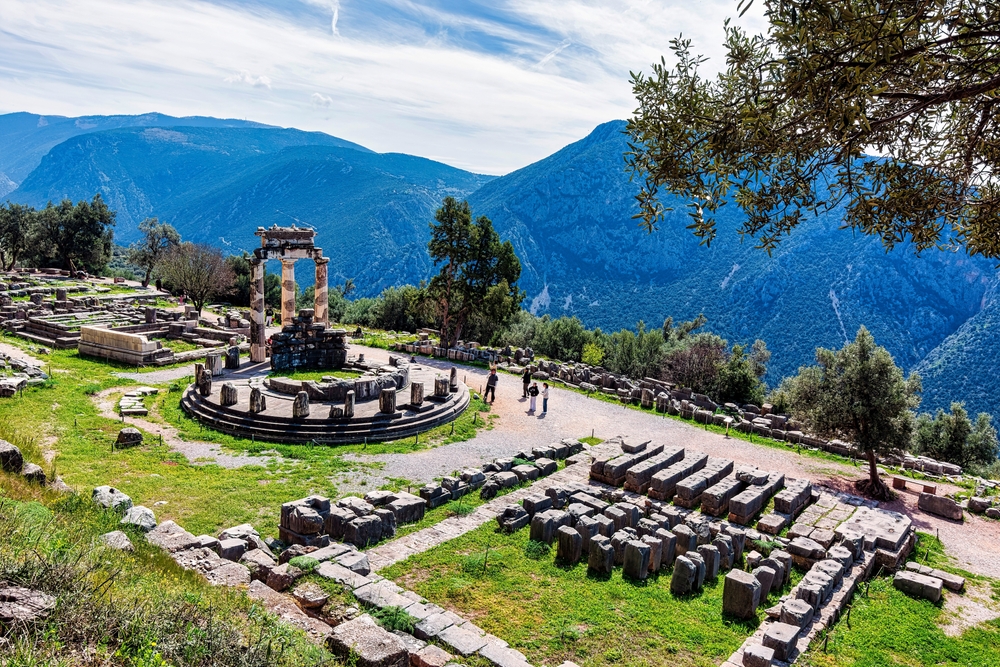
Delphi was once considered the center of the world in ancient Greek culture. People came from across the region to seek answers from the oracle at the Temple of Apollo. The ruins include a theater, stadium, and treasuries built into the slopes of Mount Parnassus. The scenery adds to the site’s timeless quality.
Delphi is a popular day trip from Athens and offers beautiful mountain views along the way. A nearby museum houses many original statues and items from the site. The paths are uneven and may require sturdy shoes. Travelers enjoy both the ruins and the quiet charm of the modern village.
Tikal, Guatemala
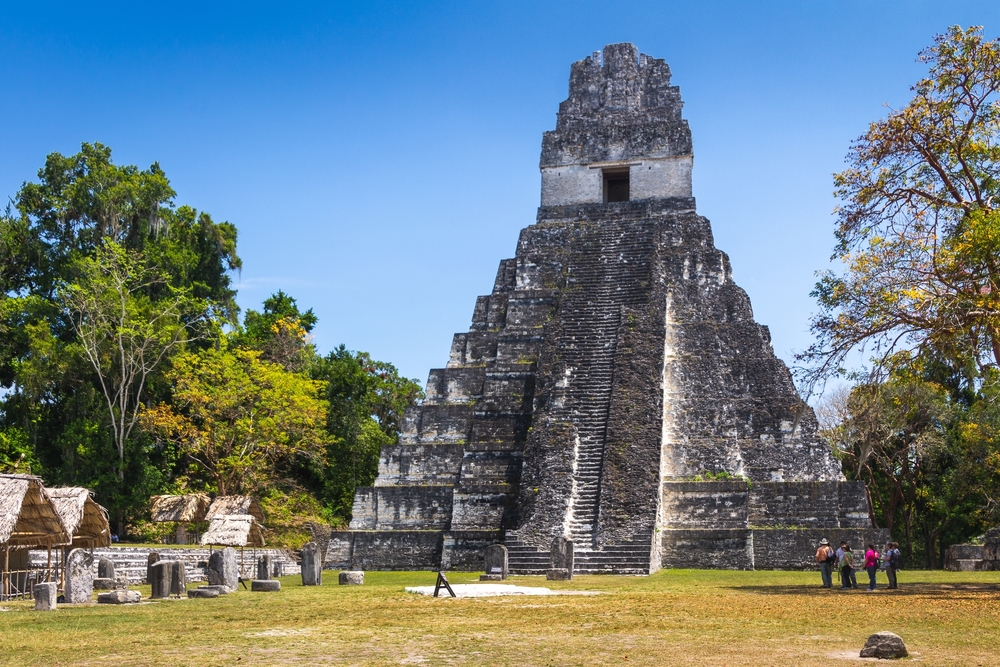
Tikal was one of the most powerful Mayan cities, hidden in the jungles of northern Guatemala. Its towering temples rise above the treetops, offering stunning views of the surrounding forest. The site was active from about 200 to 900 CE and holds hundreds of buildings. Temple IV is one of the tallest and provides a wide overlook of the area.
Visitors often stay in the nearby town of Flores or in eco-lodges closer to the park. Early morning visits can include the sounds of howler monkeys and tropical birds. The site has wide trails that stretch through dense vegetation. Tikal combines nature and history in a striking way.
Hampi, India
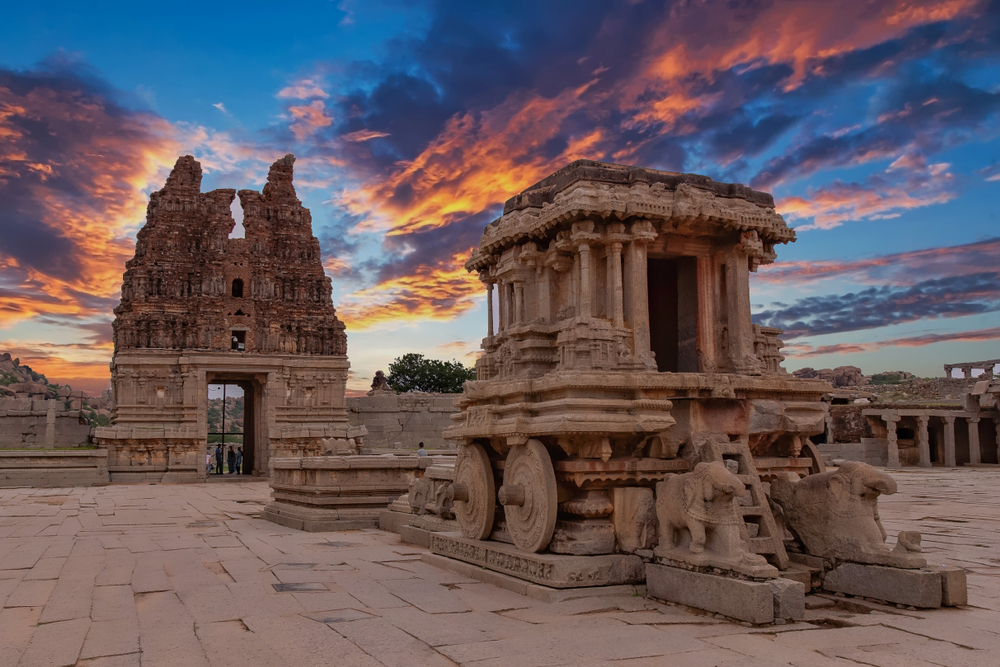
Hampi was the capital of the Vijayanagara Empire in the 14th century. The ruins spread over a large area and include temples, markets, and royal buildings. Boulders and palm trees create a dramatic backdrop. The Virupaksha Temple is still active and remains a key landmark.
The site lies in the Indian state of Karnataka and is best reached by train or bus. Many travelers rent scooters or bikes to move between distant areas. Sunsets at Hemakuta Hill offer a wide view of the ruins. The town of Hampi provides places to stay and eat.
Leptis Magna, Libya
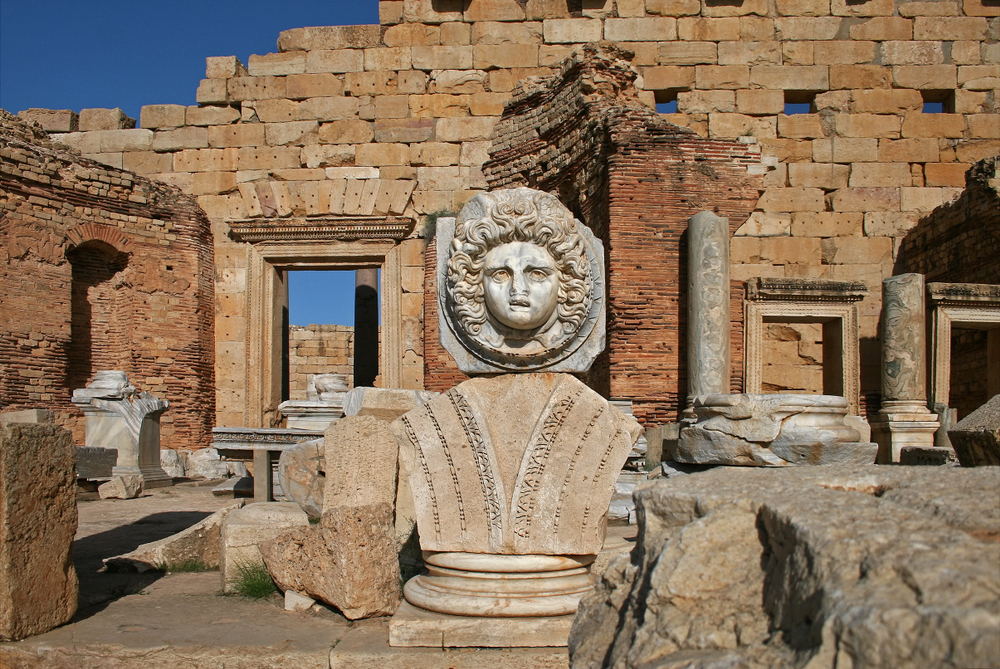
Leptis Magna was a prominent Roman city on the Mediterranean coast of North Africa. It features well-preserved arches, baths, and marketplaces. The Severan Basilica and Amphitheater are major highlights. The structures show the influence of both Roman and local styles.
The site is located near the city of Al Khums. Political conditions have affected travel, so visitors should check local advice before planning a trip. Those who reach it often find few crowds and stunning views. It offers a look into Rome’s presence in Africa.
Ephesus, Turkey
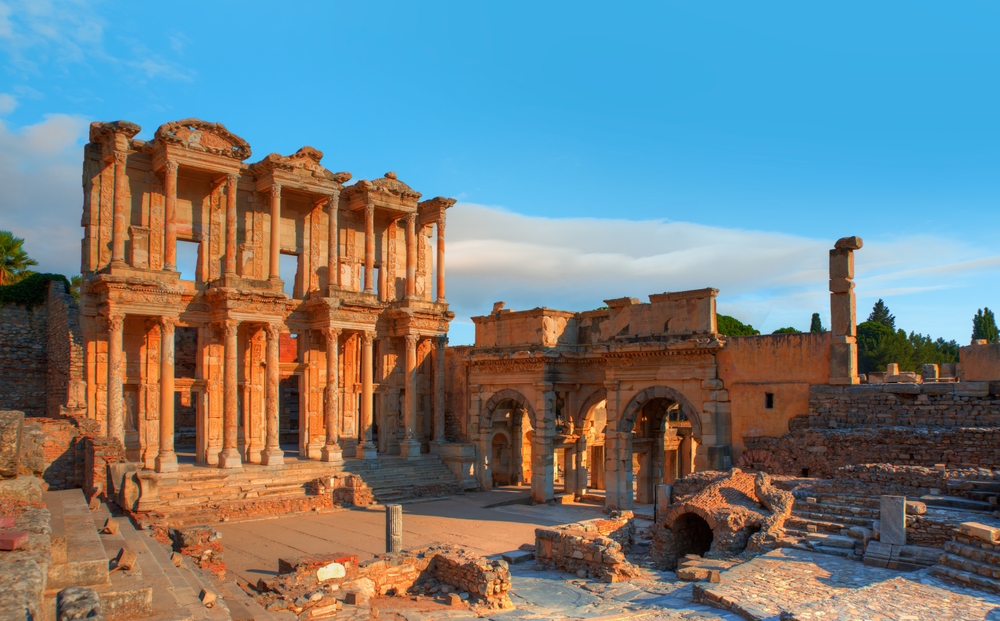
Ephesus was a major Greek and later Roman city located near the western coast of Turkey. It is known for the Library of Celsus and a large amphitheater. Streets paved with marble lead through the ancient city. The Temple of Artemis once stood here and was one of the ancient wonders.
The town of Selçuk is the closest base for visitors. The area is easy to walk in and has helpful signs for self-guided exploration. Spring and fall are the best times to visit due to mild weather. Ephesus remains one of the best-preserved classical cities in the region.
Teotihuacan, Mexico
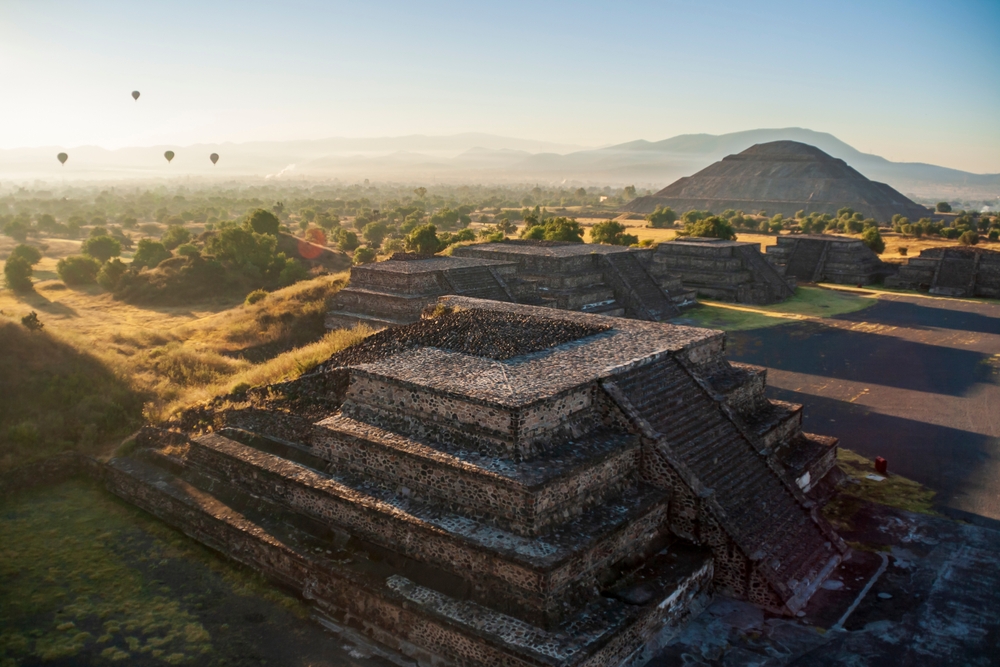
Teotihuacan was one of the largest cities in the ancient world and is located just outside Mexico City. The Pyramid of the Sun and the Pyramid of the Moon are its most famous landmarks. The Avenue of the Dead runs through the heart of the city. The exact identity of the builders is still debated.
The ruins are easy to reach by bus or car. Climbing the pyramids gives a wide view of the entire site. Vendors and guides are often available throughout the grounds. The city layout shows careful planning and religious meaning.
Bagan, Myanmar

Bagan is home to thousands of temples spread across a flat plain in central Myanmar. Built between the 9th and 13th centuries, the area was a religious center for Buddhism. Some temples are large and grand, while others are small and quiet. The morning mist and hot air balloons add a magical quality to the landscape.
Bikes and e-scooters are common ways to explore the wide area. Entry passes are required for international visitors. Some temples allow climbing for panoramic views. It is best visited during the cooler months between November and February.
Tiwanaku, Bolivia
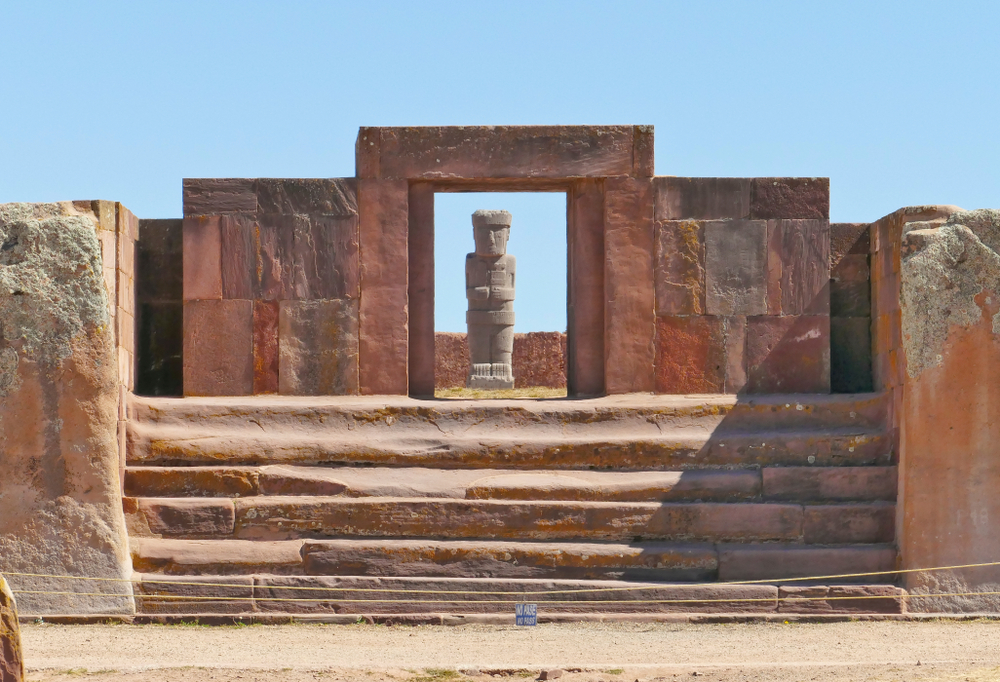
Tiwanaku was a major pre-Inca civilization that thrived near Lake Titicaca. The site includes large stone gateways, sunken temples, and unique carvings. The Akapana pyramid and the Gate of the Sun are the main attractions. The stones are massive and fitted with care.
Located near the town of the same name, it is about two hours from La Paz by road. A small museum nearby displays artifacts and models. The high altitude may require a slower pace for some visitors. Tiwanaku remains an important cultural site for people in the Andes region.
This article originally appeared on Avocadu.
